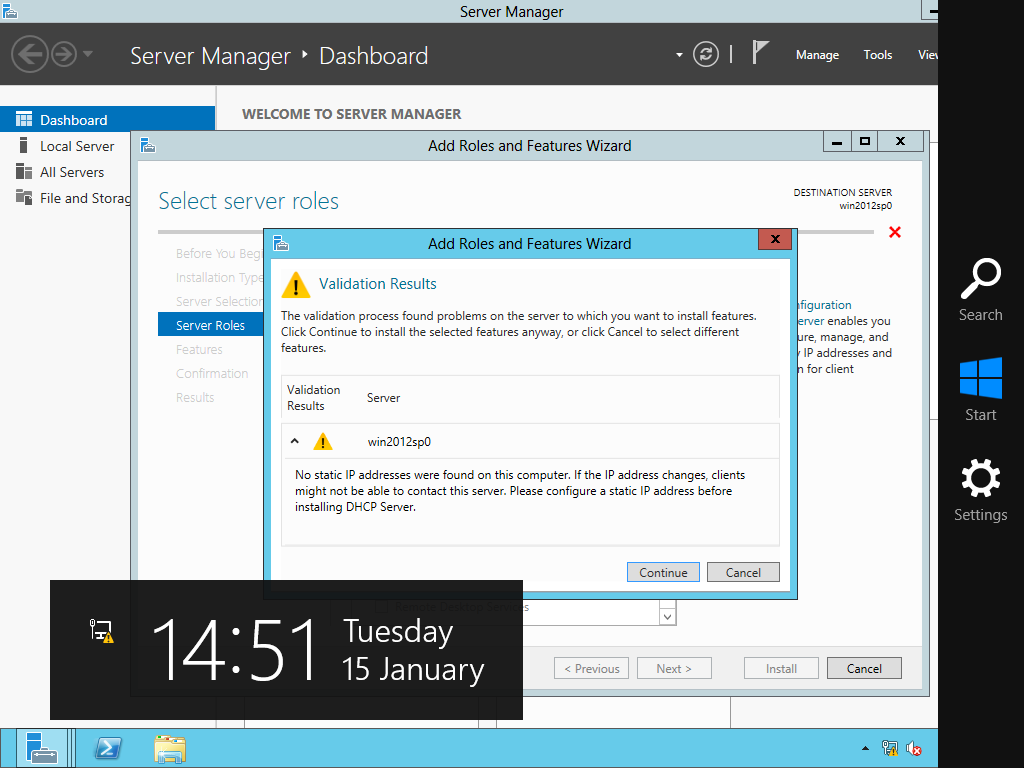

Port 69 is the default port for TFTP, but if you like, you can modify the settings on your TFTP server so it runs on a different port.Īnother fundamental concept I would like to introduce is the xinetd (super-server), because Tftp is based on xinetd. The major limitations with TFTP are authentication and directory visibility, meaning you don’t get to see the files and directories available at the TFTP server.As mentioned, TFTP uses UDP as a transport, as opposed to TCP which FTP uses, and works on port 69. Where FTP uses the robust TCP protocol to establish connections and complete the file transfers, TFTP uses the UDP protocol which is unsecure and has no error checking built in to it (unless they have implemented some type of error checking in the program you are using to transfer files), this also explains why you are more likely to find TFTP in a LAN, rather than a WAN (Wide Area Network) or on the Internet. TFTP’s main difference from FTP is the transport protocol it uses and the lack of any authentication mechanisim. From a technical perspective they utilised it with a totally different method. From a practical perspective both protocols are similar, they transfer files bidirectional, between two remote computers. Probably newcomers will not distinguish the differences between Ftp and Tftp. Before configuring the server, let’s first introduce some fundamental concepts to networking.


I had a CentO 5.x host readily available, so getting tftp up and working was super easy. While upgrading the firmware on several network devices this past weekend, I needed to bring up a tftp server so the clients could retrieve the firmware image. Setup TFTP Server on CentOS FebruPosted by Tournas Dimitrios in Linux.


 0 kommentar(er)
0 kommentar(er)
